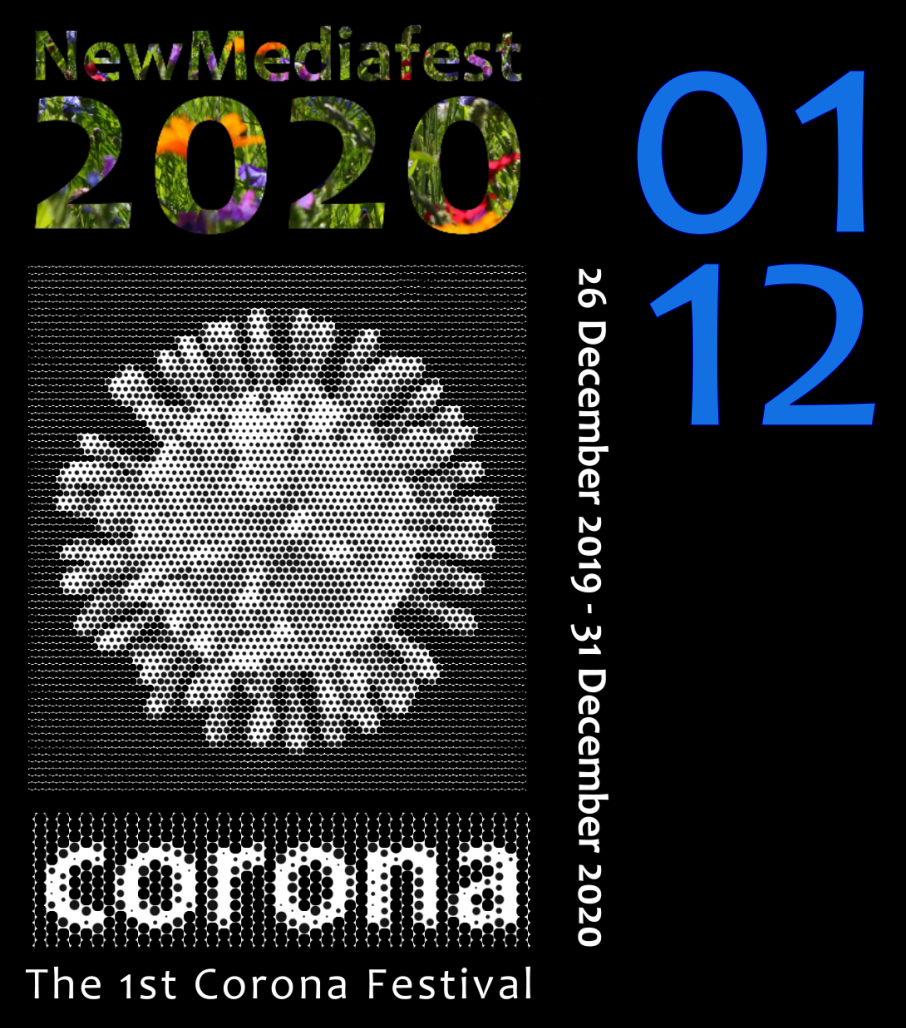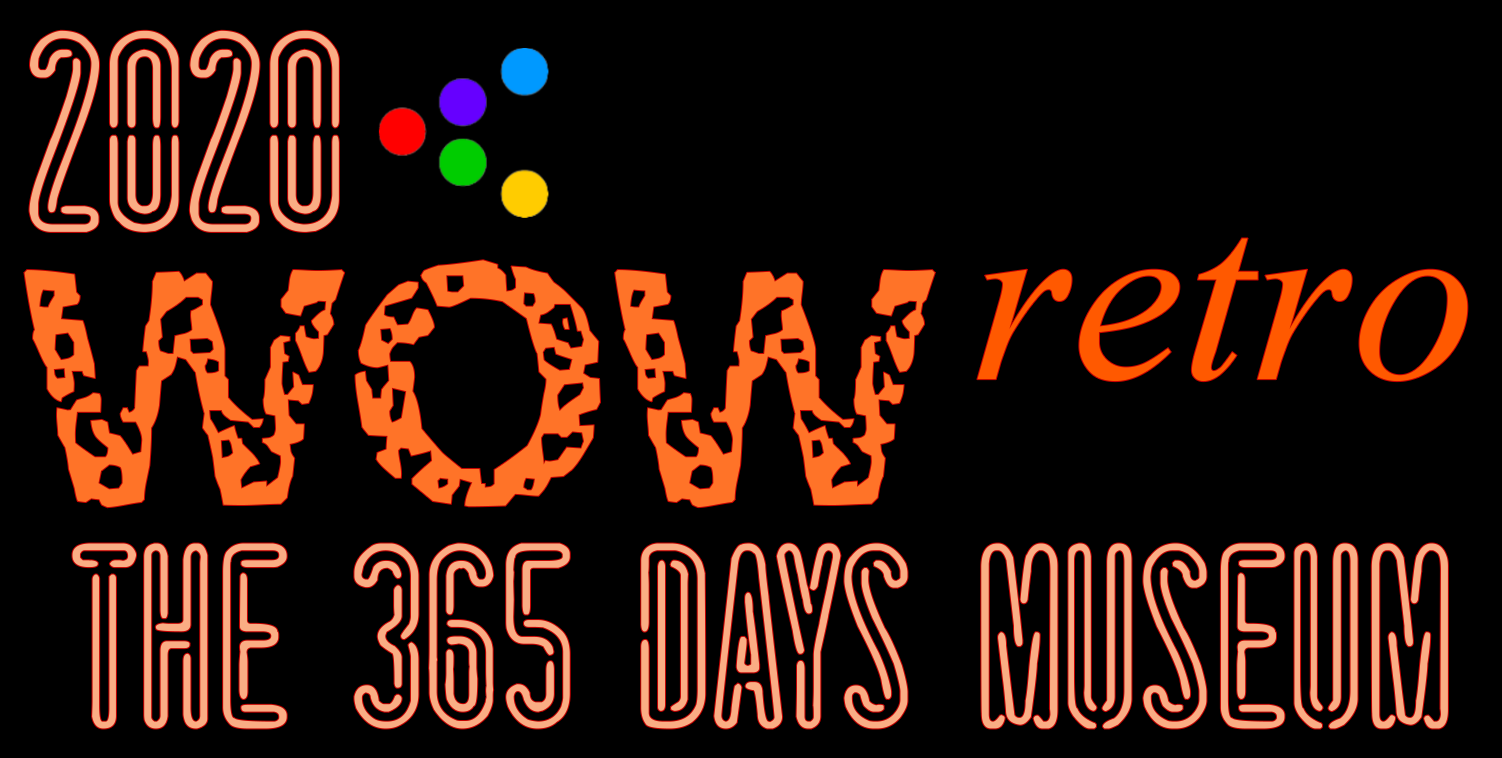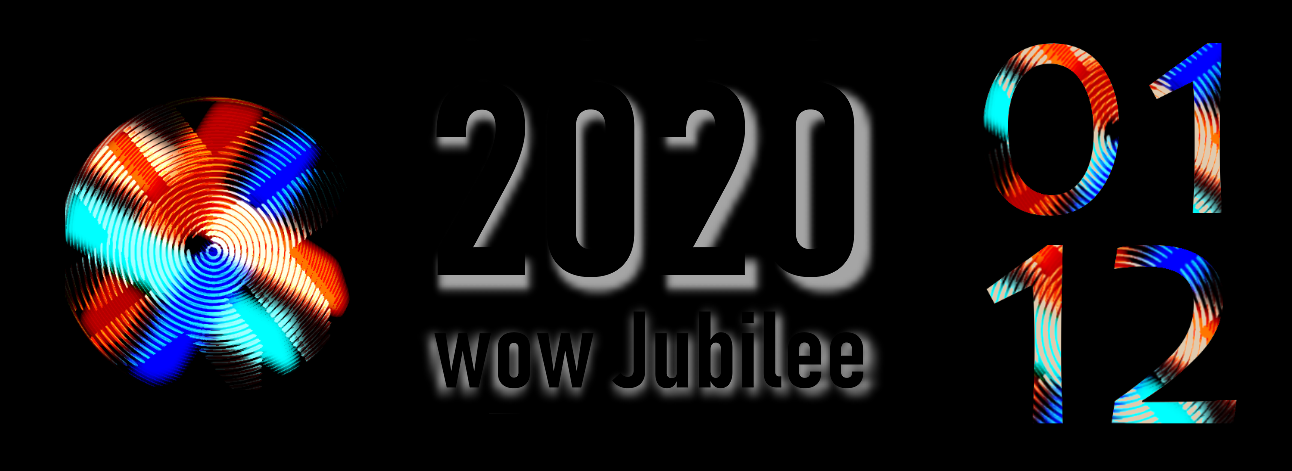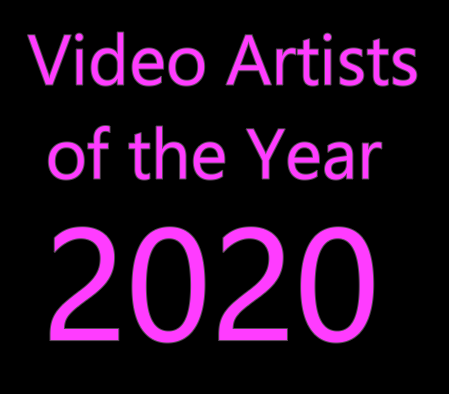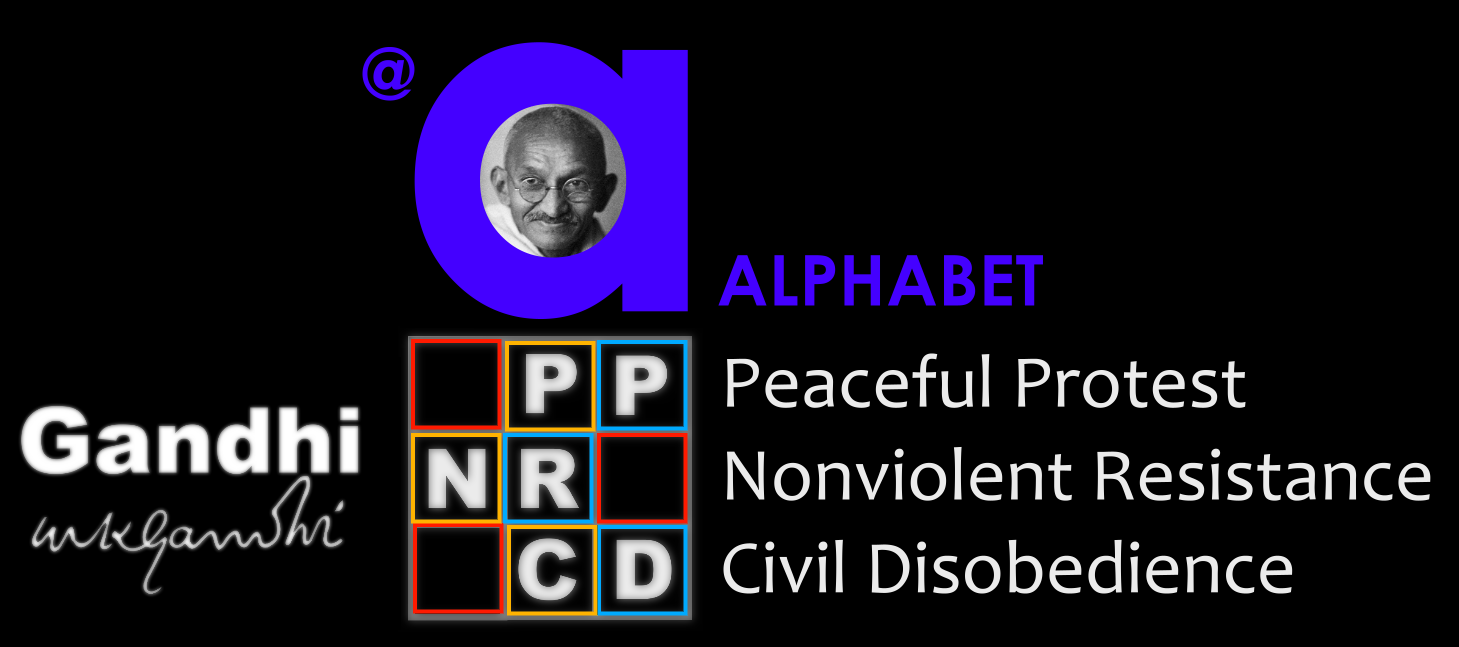video feature
Ferrara
Scientist Videoart Festival 2013
Levkas
Szolnok
Ferrara

The Scientist Videoart Festival Ferrara/Italy – 11-13 October 2013
Scientist Video Art Festival
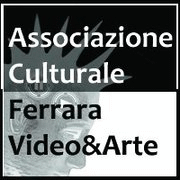
“The Scientist”
International Videoart Festival
Ferrara – Italy
Art Director: Vitaliano TETI
Between the 70s and 90s thanks to the work of VideoArt Center of the Municipality of Ferrara (in the north of Italy) , this city has produced video and collaborated with famous artists such as Andy Warhol, Marina Abramovic & Ulay, Gianni Toti, Plessi and many others.
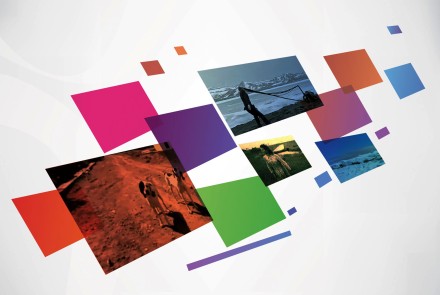
The international videoart festival “The Scientist” of Ferrara is the seventh edition this year. Creating synergies construction capabilities, artistic sensibilities and new projects have started again on an artistic conceptual video and electronic arts in Ferrara, prestigious city for the production and distribution of video art.
The best Italian video artists of the new digital generation participated in The Scientist: Masbedo, Laurina Paperina, Alterazioni Video, Botto&Bruno, Bianco-Valente, Marinella Senatore, Gabriella Ciancimino, Alice Cattaneo, Giovanni Tutti, Canecapovolto, Alice Guareshi, etc.
Art directed by Vitaliano Teti, the festival is organized by the cultural association “Ferrara Video&Art” with curators and international partnerships. Are favored video works that come from the universities, academies of Fine Arts, Art school and show a conscious use of contemporary audio-visual language.
The seventh edition of “The Scientist” international videoart festival, will be held in Ferrara 11 to 13 October 2013 and will be dedicated to young artists under the age of 35 with patronage of the Presidency of the Council of Ministers, Department of Youth.




Vitaliano Teti was born in Catanzaro. He lives in Ferrara where he works in the digital editing and direction sectors. Graduated from the Bologna DAMS in cinematographic disciplines with a thesis on photography and color as autonomous expressive forms in film, for eleven years he taught “Creation of audiovisual products” at the Faculty of Literature and Philosophy of the University of Ferrara, degree in “Technologist of audiovisual and multimedia communication”. His most recent video works are: “Chasing the Cinema that Breaks Hearts”, direction and screenplay – 80 ‘- Italy, color / bn, 2015; “Seeking love – Seeking love”, co-screenwriter – 47 ‘- Italy, color, 2014, fiction medium-length film presented at the 2014 Venice Film Festival with the Polesine Film Commission; “A lesson with Batman”, direction and screenplay – 9 ‘- Italy, color, 2013; “Elegy of the Po by Michelangelo Antonioni”, co-direction and screenplay – 12 ‘- Italy, color / bn, 2012; “Un murales una storia”, producer and editor – 33 ‘- Italy, colore / bn, 2011. The documentary, directed by Alessandro Raimondi, won the tender for the production of documentaries of the Emilia Romagna Region 2010. He is president of the “Ferrara Video & Arte” association and member of the board of directors of the “Ferrara Film Commission”.
Vitiliano Teti died in 2017 of an incurable desease.


Interview with the curator Wilfried Agricola De Cologne, creator and curator of the “nomadic” video‐art festival “CologneOFF”, who selected an international section exclusively for the seventh edition of “The Scientist”.
1.
What are the reasons why you choose to start a collaboration with “The Scientist”, in 2012?
Firstly, let me thank “The Scientist” Video Art Festival very much for collaborating in 2013 and the interest in doing the interview with me. As the director of Cologne International Videoart Festival, I was in 2012 looking again for new partners in order to extend my networking activities, and by chance I visited the website of the “The Scientist”, and by exploring I got the idea the festival might have similar ideas concerning “art & moving images”, and a possible collaboration might be very fruitful.
2.
Knowing that your selection was destined to an Italian exhibition, influenced your choices in gathering the material to be shown in Italy?
No, not at all. But I was aware of the fact, that in Southern European countries not all people speak English, and Cologne International Videoart Festival is a festival based on English language. So, I did what I had done before in Spanish speaking countries, preparing a program without dialogue and spoken words.
3.
Why the title “Poetry of Yearning”?
Yearning is actually the little sister of “desire” ‐ the subtle kind of point of view including a sort of romantic and non‐verbal communicative components like gestures or the body language. I found this non‐verbal aspect particularly challenging when I prepared the compilation for the festival.
4.
You define the artworks of your selection, CologneOFF‐Italy, as “audiovisual poems”. Suggesting that the audience should “read” video‐artistic works in these terms, would generally help media art appreciation and fruition?
At first, I need to state that the term poem in “audio‐visual poem” is not used in a literal, but figurative sense. It describes a particular senses driven position in perceiving life and art, this is good for the artist and audience, as well, it has therefore the potential to reach and touch really many people all over the world, no matter where and under what kind of cultural, ethnic, social conditions they live. It is understandable, perceivable and acceptable as a new form of art for many people, who otherwise have probably no affinity to the often mind‐orientated, over‐intellectualized media art as it is presented in museums and galleries.
5.
Cinema accustomed us spectators to appreciate an opera as a whole, in all its sensory complexity, still screenplay remains the strongest narrative component in a film. The videos you selected don’t use tongues at all but leave room for a different kind of communication, a more complex language which at the same time is more universal. Do you share this interpretation?
Yes, of course. videoart as a “genre” in contemporary art is not “cinema”, the concept is completely different, even if it may have sometimes a kind of narrative component. In my selection, I was avoiding the spoken or written word, in order to let the moving images and the movements speak for themselves. The subjective perception of the images opens doors wide for one’s own approach and interpretation; different kinds of non‐verbal languages are establishing a new communication between the art work (artist) and the viewer (user) following unexpected rules. These works enable and enforce a kind of meditation during the process of perceiving, which has an universal character.
6.
For the “The Scientist” festival you’ve been asked to select works of Under35s. Is there any difference between the imagination depicted by young authors and the one drawn by older artists?
What is an older and a younger artist? Age is neither a criterion for the quality in art, nor the maturity of perception. Personally, I do not care about age, at all. A young person of 18 years old can be much more mature in mind and emotion than a 70 years old person, who probably did not learn anything during the long life. Of course, young persons have a different point of view according to their location in life and set, of course, other priorities than older people due to the different life span, but these points of views are not less relevant than the ones of older persons who probably have already a life behind based on a rich variety of experiences. I even would say, limiting age has rather a discriminating effect, which should have actually no place in art.
7.
In Italy authors struggle to find funding for the video‐art production. What is your opinion about it? Seen your wide experience in different States of the world, do you think that in other countries the situation is different?
Firstly, I agree that finding funding for videoart is a complicated matter, but it is not only like that in Italy, but anywhere. One needs to consider that videoart as it is known nowadays, and I do expressively not speak of that type of classical videoart from the past century using an analogue technology, is representing a “young” genre in contemporary art and it is still not yet accepted widely by the art lovers, and funding structures are always conservative, it takes too much time, until the bureaucrats accept the change of time, and in the given case, the changed values in art. Since video is representing a mass medium, there are many more artists on the market practicing video than funding possibilities are available. Another aspect is, however, most important, there does not exist an art market for art using moving images. There were attempts to establish a kind of art market, but as a medium, video will be never “exclusive” like painting, so nobody can make a fortune by selling video. Video is perceived as a cheap medium, and this not only in terms of its monetary value, but also concerning the artistic concept behind, which is quite fatal, of course.
Video is more accepted by a young audience where generally the monetary value is playing a minor role than by the older generation, which often is also not flexible enough to start learning perceiving new kinds of advanced forms in contemporary art like video.
But let me say also expressively, a real artist who wants to use video as an artistic medium uses video, he is not waiting until funding structures allow him to execute an art work. Nowadays, the technology for creating and producing video is affordable to anybody, it is not requiring the most expensive hardware and software. A creative person can make the best artworks also without working under the ideal conditions using the “perfect” equipment.
An artist having many skills and being accustomed to work interdisciplinary is able to create, produce a video by his own without using an expensive staff which needs to be paid.
A real videoartist, however, should have many more skills, than just being able to hold a video camera in his hand or using an editing software, and probably the actual problem lies in a proper art education, where artists do not really train their skills and being creative in real practice, and the fact that there is no art education for those people who run funding structures. So, I am not sure, whether the funding for creating videos should have such a relevance, at least for most video creations. Nobody would get the idea to ask for funding for doing some drawings. Video is representing an artistic medium like any other artistic medium. Of course, I do not speak of “cinema” and producing cinema films, because there is a completely different concept behind.
8.
What do you think of the collaboration with the association Ferrara Video&Arte, which for seven years now has been promoting video‐art coming from academic context and rising authors as well as well‐known artists? Do you think this relationship to be profitable and destined to last?
I hope and I wish it will be like that, of course. But collaborations depend on so many factors which both parties have no influence on. I think, not only the professional context counts, but for a lasting relationship primarily openness, communicating and exchange are needed, which I think is there at both sides, in so far I am very optimistic, this could be a longer lasting collaboration.

Intervista al curatore tedesco Wilfried Agricola De Cologne, ideatore e curatore del festival “nomade” di videoarte “CologneOFF”, che ha selezionato in esclusiva per la VII edizione di “The Scientist” una speciale sezione internazionale.
1.Quali sono le ragioni per cui ha deciso, nel 2012, di iniziare una collaborazione con il festival di videoarte “The Scientist” di Ferrara?
Innanzitutto mi permetta di ringraziare il festival di videoarte “The Scientist” per aver collaborato con me, anche quest’anno e per l’interesse dimostratomi nel propormi un’intervista.
Come direttore del Cologne International Videoart Festival, nel 2012 cercavo nuovi partner al fine di ampliare la mia attività di network e per caso ho visitato il sito web di “The Scientist”, esplorando il quale ho capito che il festival condivideva alcune mie idee riguardo le “art & moving images”, e che una possibile collaborazione sarebbe potuta essere vantaggiosa.
2.Il presupposto che la destinazione della sua Curatela sarebbe stata una manifestazione italiana, ha influenzato le sue scelte in merito alla selezione delle opere da mostrare in Italia?
Affatto. Ma ero consapevole del fatto che in Europa meridionale non tutte le persone parlano inglese e il Cologne International Videoart Festival è un festival basato sulla lingua inglese.
Quindi ho fatto ciò che feci tempo fa in Paesi di lingua ispanica, ho preparato un programma senza dialoghi né parole.
3.Perché il titolo “Poetry of Yearning”?
Yearning in effetti è la sorellina di “desiderio”, un tipo di punto di vista che sottende una sorta di componente romantica, comunicativa, non verbale come il gesto o il linguaggio del corpo.
Ho trovato questo aspetto non verbale particolarmente stimolante quando ho preparato la compilation per il festival.
4.Lei definisce le opere della selezione CologneOFF‐italy “poesie audiovisive”. Invitare il pubblico a porsi nei confronti delle opere videoartistiche in generale, nei termini in cui lei le descrive, aiuta ad una più facile fruizione della videoarte?
Innanzitutto ho bisogno di precisare che il termine poesia in “poesia audiovisiva”non è utilizzato in maniera letterale ma in senso figurato. Descrive una “posizione”, da cui si percepisce la vita e l’arte, raggiunta attraverso i sensi, e questo è un bene per l’artista e per l’audience poiché ha il potenziale di raggiungere e toccare davvero molte persone in tutto il mondo, non importa dove e in quali condizioni culturali, etniche o sociali essi vivano. É comprensibile, percepibile e ammissibile come una nuova forma d’arte per molte persone che altrimenti non avrebbero affinità alcuna nei confronti della spesso cervellotica, iper‐intellettuale media arte, così come si presenta in musei e gallerie.
5.Il cinema ci ha abituato ad apprezzare l’opera come prodotto composito da accogliere nella sua completezza sensoriale, ma la sceneggiatura resta la componente narrativa più forte nel film. Le opere di videoarte da lei selezionate non usano affatto la componente linguistica ma lasciano spazio ad una comunicazione diversa, probabilmente più complessa e allo stesso tempo più universale. Condivide questa interpretazione?
Si, certo. La videoarte come “genere” di arte contemporanea non è “cinema”, il concetto è completamente diverso, anche se (la videoarte) può avere una componente narrativa. Nella mia selezione ho evitato parole scritte o dette, per permettere alle immagini ed ai movimenti di parlare per sé. La percezione soggettiva delle immagini spalanca le porte all’interpretazione e l’approccio di ciascuno; tipi diversi di linguaggi non verbali stabiliscono una comunicazione nuova tra l’opera (l’artista) e lo spettatore (fruitore), seguendo regole inaspettate. Questi lavori permettono e attivano una sorta di mediazione durante il processo percettivo, che ha carattere universale.
6.Per il festival “The Scientist” le è stato chiesto di selezionare opere di artisti Under35. Crede ci sia differenza tra l’immaginario proposto nelle opere dei giovani videoartisti rispetto alle opere degli autori più adulti?
Cosa significa artista giovane e artista vecchio? L’età non è né un criterio di qualità dell’arte, né di maturità della percezione. Personalmente non mi importa dell’età, affatto. Un giovane di 18 anni può essere molto più maturo intellettualmente ed emotivamente rispetto ad un settantenne che nella sua lunga vita non ha imparato nulla. Certo I giovani hanno diversi punti di vista, a seconda di dove si trovano durante la loro vita e impostano priorità diverse rispetto alle persone più vecchie per il diverso tempo vissuto, ma queste prospettive non sono meno rilevanti di quelle di chi ha probabilmente già una vita alle spalle e una ricca varietà di esperienze.
Io direi addirittura che limitare l’età crea un effetto discriminante che non dovrebbe trovare spazio in arte.
7.In Italia si fatica a trovare i finanziamenti per la produzione di opere di videoarte. Qual’è il suo punto di vista a riguardo? Viste le sue numerose esperienze in diversi Stati del mondo trova che in altri Paesi la situazione sia diversa?
Per prima cosa sono d’accordo che trovare finanziamenti per la videoarte sia una faccenda complicata, e non solo in Italia ma dappertutto. Bisogna considerare che la videoarte come si conosce oggi, e intendo espressamente non parlare del tipo classico di videoarte del secolo scorso che usava tecnologie analogiche, rappresenta un genere “giovane”di arte contemporanea che non è ancora completamente accettato dagli amanti dell’arte, e le organizzazioni che finanziano sono sempre conservatrici, serve troppo tempo ai burocrati per accettare il cambio dei tempi e nel caso dato, il cambiamento dei valori in arte.
Dato che il video rappresenta un mezzo di massa, ci sono molti più artisti sul mercato che sperimentano con il video rispetto alle fonti di finanziamento disponibili.
Un altro aspetto, ancora più importante: non esiste un mercato per questo tipo di arte che si serve delle moving images. Ci sono stati dei tentativi di stabilire un settore di mercato specifico ma come mezzo, il video non sarà mai “esclusivo” come la pittura, quindi nessuno può arricchirsi vendendo
video. Il video è percepito come mezzo “economico”, e non solo in termini monetari ma anche rispetto al concetto artistico che vi sta dietro, e questo è fatale, certo.
Il video è maggiormente accolto da un’audience più giovane per il quale generalmente il valore monetario ha minore importanza rispetto alle generazioni più anziane, le quali spesso non sono abbastanza flessibili per iniziare a percepire nuovi tipi di forme avanzate di arte contemporanea, come è il video.
Ma mi lasci dire, un vero artista che vuole usare il video come mezzo d’arte lo usa, non aspetta che una struttura di finanziamento gli permette di eseguire un lavoro, oggi la tecnologia per creare e produrre un video è alla portata di chiunque e non richiede l’hardware e il software più costoso. Una persona creativa può produrre la migliore opera anche non lavorando nelle condizioni ideali e senza avere la perfetta “attrezzatura”.
Un artista molto abile e abituato a lavorare interdisciplinarmente è in grado di creare e produrre un video da solo senza dovere pagare uno staff.
Un vero video‐artista comunque dovrebbe avere molte più abilità rispetto alla mera tecnica di ripresa e di editing e probabilmente il vero problema sta in un’appropriata educazione all’arte, laddove gli artisti non educano la loro abilità e creatività nella pratica reale e nel momento in cui non esiste educazione all’arte per coloro i quali governano strutture di finanziamento.
Quindi non sono così sicuro se il finanziamento debba avere o meno tanta rilevanza, almeno per la maggior parte delle opere video. A nessuno verrebbe l’idea di chiedere un finanziamento per fare dei disegni. Il video rappresenta un mezzo artistico espressivo come tutti gli altri. Certo, non mi riferisco al cinema o alla produzione di film perché dietro ci sono concetti molti diversi.
8.Cosa pensa di questa collaborazione con l’associazione Ferrara Video&Arte, che da 7 anni ha promosso tanta videoarte sia di giovani delle accademie e delle università che di artisti affermati? Ritiene che sia un rapporto fruttuoso destinato a durare?
Spero e mi auguro che sarà così, certo. Ma le collaborazioni dipendono da fattori sui quali nessuna delle parti ha influenza. Io credo che non conti solo il contesto professionale ma per una relazione duratura servono apertura, comunicazione e scambio, che credo ci sia da entrambe le parti, fin’ora sono molto ottimista, questa potrebbe essere una lunga collaborazione.
Intervista a cura di Rossella Conte e Vitaliano Teti
Traduzione dall’inglese Rossella Conte

Cologne Art / Moving Images Awards
proudly presents
Cologne International Videoart Festival
@ The Scientist – Videoart Festival Ferrara/Italy
11-13 October 2013

selection curated by Wilfried Agricola de Cologne
featuring
Pablo Fernandez-Pujol (Spain) – 142-143 – 2010, 2:10
Angelika Herta (Austria) – Man of Iron, 2011, 1:53
Katherine Oggier Chanda (Switzerland) – Squeeky Clean, 2010, 1:00
Mikael Muraz (France) – Hangar, 2012, 1:00
Francesca Leoni (Italy) – In-Sanity, 2012, 3:55
Ana Brotas (Portugal) – Okupa, 2009, 2:19
Przemek Węgrzyn (Poland) – The Spring, 2011, 3:20
Eimhin Hawes (Ireland) – Passage, 2009, 7:30
Fran Orallo (Spain) – The Life in White, 2006, 7:48




Levkas


Ionian International Digital Film Festival Levkas- 9-12 Oct 2013
Cologne Art & Moving Images Awards
are proud to annouce
CologneOFF 2013 Greece IV
9th Cologne International Videoart Festival
@ 2nd Ionian International Digital Film Festival
9-12 October 2013 – Lefkas/Greece
featuring following programs curated by Wilfried Agricola de Cologne
Screenings – 12 Oct 2013
10.00-10:30

Shahar Marcus (Israel) – Seeds, 2012, 5:03
Deepak Kumar Sharma (India) – Clock Anti-Clock, 2013, 6:41
Gregg Biermann (USA) – Crop Duster Octet, 2011, 5:00
Javier Velázquez Cabrero (Spain) – My city a bit cleaner of advertising every
day, 2012, 6:00
Kai Welf Hoyme (Germany) – Nocturn, 2012, 3:58
Evertt Beidler (USA) – Moves Manager, 2011, 4:09
10.30 – 11.30 am

Manuel Ferrer and Alena Mesarosova (Spain/Slovakia) – Irreal Time ,2012, 3:30
Claudia Borgna (Italy)–Sweep & weep, Weep & sweep, Under, In, Out, Away
2010, 11:09
QNQ/AUJIK(Sweden) – A forest within a forest, 2010, 5:10
Adele Rackovi (Austria) – Croax – Evolution Errors, 2012, 4:00
Wei Ming Ho (Taiwan) – The Art Qaeda Project, 2010, 4:11
Louise Coetzer (RSA) – Dead Air, 2011, 5:12
Derek Larson (USA) – Landscape, 2011, 10:34
Yuliya Lanina (USA) – Dodo Valse, 2010, 2:46
Julia Alvarenga (Brazil) ‐ Winter Garden, 2010, 3:56
Andre Scucato & Christina Pinhero (Brazil) ‐ Mago, 2005, 3:26
Dan Hudson (Canada) ‐ River, 2011, 3:00



Szolnok



Fine Arts Film Festival Szolnok/Hungary – 11-14 OctoberOctober 2012
CologneOFF 2012 Hungary II
Cologne International Videoart Festival
@ Fine Art Film Festival Szolnok/Hungary
http://festival.tiszamozi.hu/000_Fesztivalok/2012/default.aspx
11-14 October 2012
presents

selection curated by Wilfried Agricola de Cologne
list of videos
//Title music video of CologneOFF VIII
Bankleer (Germany) – minority in majority , 2011, 4.30 min
Arjan Brentjes (Netherlands) – Il était une fois un Artiste, 2011, 6:34
Francesca Fini (Italy) – Virus,2012, 5:00
Susanne Wiegner (Germany) – At the Museum, 2012, 3:00
Shahar Marcus (Israel) – The curator, 2011, 4:22
Ulf Kristiansen (Norway) – The Art Awards, 2012, 15:34
Orsolya Bajusz (Hungary) – Bela’s Struggle, 2011, 9:00
Jasmine Kainy (Israel) – Comes from Outside, 2011, 3:35
Albert Merino (Spain) – The Contemporary Art Festival, 2012, 20:20
Przemek Węgrzyn (Poland) – The Spring, 2011, 3:20
Megan Daalder (USA) – Mirrorbox: The Story of How Art Became Science, 2012, 16:22
Angelika Herta (Austria) – Man of Iron, 2011, 1:53
Johanna Reich (Germany) – BlueRed, 2008, 3`00, 2008
Michael Murnau (UK) – Hanging On Me, 2012, 7:26
Yuriy Kruchak, Yulia Kostereva (Ukraine) – Framing West, 2009, 2:46
Sarah Mock (Germany) – Is there a Way Out, 2011, 3:47
Cynthia Whelan (UK) – Selfportrait, 3:27, 2005
//////////////////////////////////////////


Video introduction by Wilfried Agricola de Cologne
for CologneOFF 2012 Hungary II @
Fine Art Film Festival Szolnok/Hungary 11-14 October 2012
– screening on 12 October 2012.
Tisza Cinema – Room „B” – 14.00 – 16.00
Festival catalogue available PDF
CologneOFF Festival catalogue available PDF
///////////////////////////////////////////






